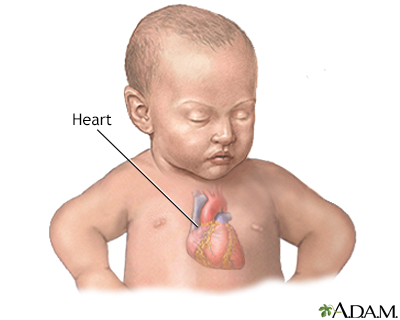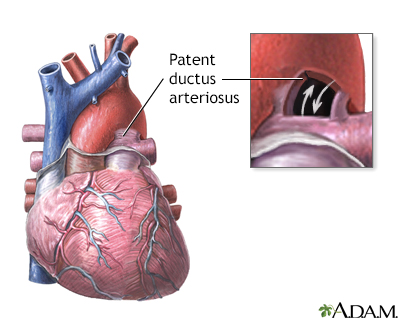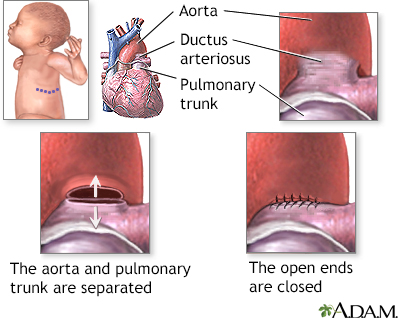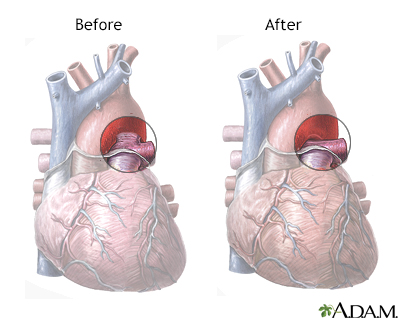Health exams for: #AGEGROUP#
The following exams, tests, and procedures are recommended for #AGEGROUPLOWER#.#FEMALETEXT#
Select a link from the list below to learn how and why each test is performed, as well how to prepare for it.

The following exams, tests, and procedures are recommended for #AGEGROUPLOWER#.#FEMALETEXT#
Select a link from the list below to learn how and why each test is performed, as well how to prepare for it.




The heart pumps blood throughout the body. It is located in the thorax.
The heart pumps blood throughout the body. It is located in the thorax.
The type and timing of surgical repair depends on the child's condition and the type and severity of heart defects. In general, symptoms that indicate that surgery is needed are difficulty breathing because the lungs are wet, congested, or fluid-filled (congestive heart failure); Problems with heart rate or rhythm (arrhythmias); Excessive work load on heart that interferes with breathing, feeding, or sleeping.
The type and timing of surgical repair depends on the child's condition and the type and severity of heart defects. In general, symptoms that indica...
An incision may be made through the breastbone (sternum) and between the lungs (mediastinum) while the child is deep asleep and pain-free (under general anesthesia). For some heart defect repairs, the incision is made on the side of the chest, between the ribs (thoracotomy) instead of through the breastbone. Heart lung bypass is used to support the child during the procedure. Tubes are used to re-route the blood through a special pump that adds oxygen to the blood and keeps it warm and moving through the rest of the body while the repair is being done.
An incision may be made through the breastbone (sternum) and between the lungs (mediastinum) while the child is deep asleep and pain-free (under gene...
Most children need to stay in the Intensive Care Unit for 3 to 7 days and stay in the hospital for 5 to 14 days. By the time the child is transferred out of the intensive care unit, most of the tubes and wires have been removed and they are encouraged to resume many of their daily activities. At the time of discharge, the parents are instructed on activity, how to care for the incision and how to give medications their child may need to take such as Digoxin, Lasix, Aldactone and Coumadin. The child needs at least several more weeks at home to recover.
Most children need to stay in the Intensive Care Unit for 3 to 7 days and stay in the hospital for 5 to 14 days. By the time the child is transferred...
Review Date: 2/3/2025
Reviewed By: Scott I. Aydin, MD, Assistant Professor of Pediatrics, Ichan School of Medicine, Division of Pediatric Cardiology and Critical Care Medicine, Kravis Children's Hospital at Mount Sinai New York, NY. Review provided by VeriMed Healthcare Network. Also reviewed by David C. Dugdale, MD, Medical Director, Brenda Conaway, Editorial Director, and the A.D.A.M. Editorial team.


